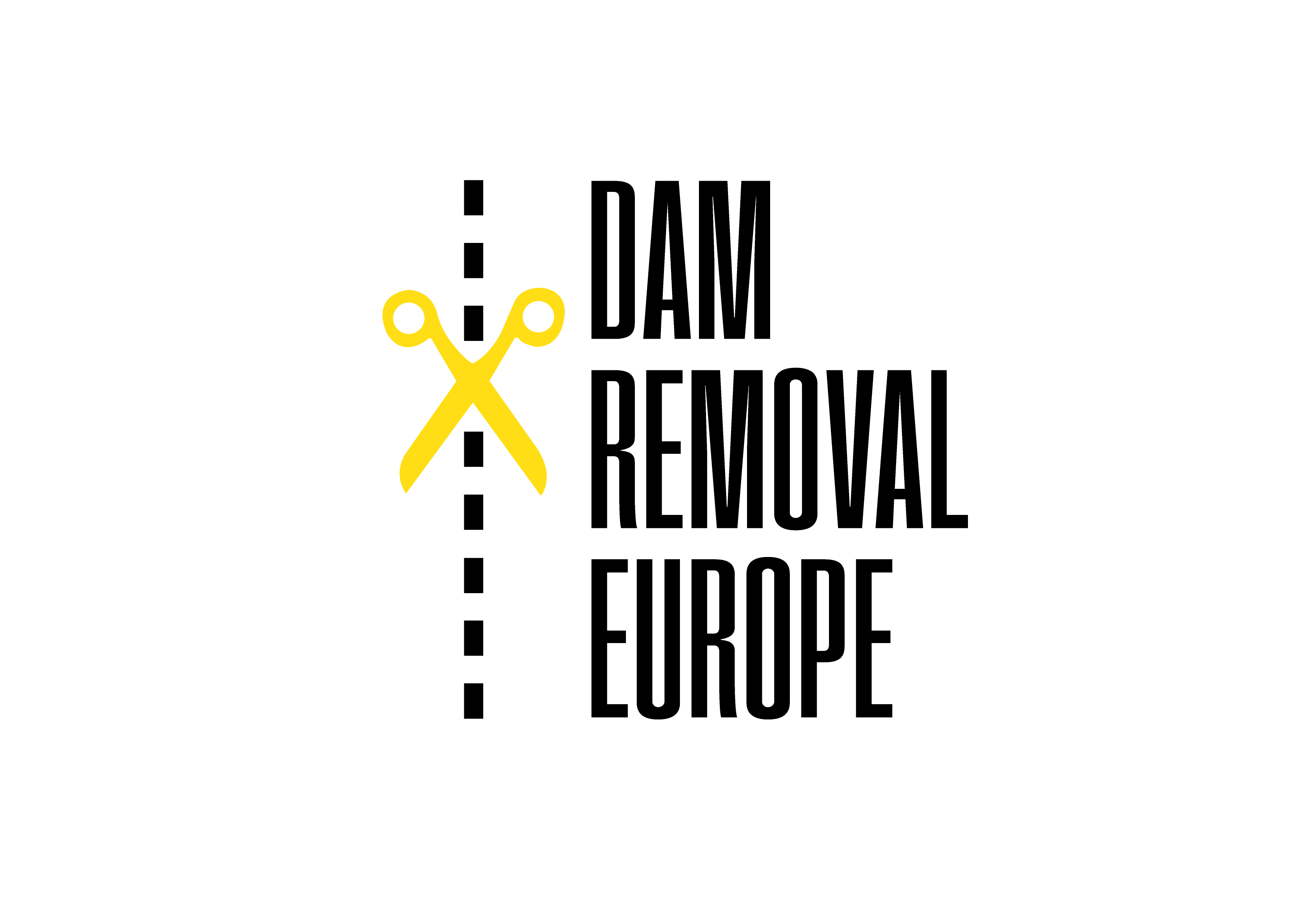Introduction
On the face of it, the removal of the barriers at the Klintarp Dam may seem unexceptional but look more closely and this removal is remarkable as it was carried out by a small privately-run company.
Naturentreprenad Syd AB was founded by Fredrik and Andrea Lundblad with the express aim to remove fish migration barriers and to restore lost spawning and nursery habitats for salmonids and other fish in Swedish rivers and streams.
Andrea takes up the story:
Fredrik started this company in 2009. Ever since he was little, Fredrik has had a big interest in wildlife and rivers. As a child he was fishing a lot and gradually he became aware of all the problems we humans have caused, such as the construction of dams, canalization and the removal of boulders, stones, fallen trees and large woody debris from rivers and streams.
When he became an adult he realised that the restoration of rivers was going too slowly so he decided to start doing something himself. After some years using only his own physical strength and occasionally assisted by hired equipment, he decided to buy his first excavator. Then the hunt for his first big job began. He started a campaign to show the County Administrative Board how easy and fruitful it can be to perform river and habitat restoration in co–operation with landowners. After a while, the Administrative Board began to appreciate the results and gave him more restoration jobs.
During this process, we made contact with an experienced biologist, Mikael Svensson, who works at the Swedish University of Agricultural Sciences and who also has a great interest in river restoration. We built a good relationship and from this point on we spoke every week about results and the development of river restoration work.
The river restoration we did on a small scale was a success and now we own four excavators, two trucks, three loaders and two dumpers. All of the machines are specially equipped and designed to work in water. We are a small company where I do most of the office work and sometimes drive loaders and excavators. Fredrik does the thinking and the execution and is the driver of the main excavator during restoration. He also monitors the work when we handle bigger jobs. Mikael Svensson does all the fish inventories (using electrofishing) and assists in removing threatened freshwater molluscs before work commences in the rivers. We have two more employees and Fredrik’s parents help us a lot.
Today we have a framework agreement with the County Administrative Board in Skåne and work closely together with them. We identify suitable projects, write restoration proposals, contact the landowners and, if they agree, we do the work with our own equipment. It’s always a voluntary agreement with the landowner. After the project we do follow–ups and, if needed, adjustments.
We meander rivers, restore habitats and hydrology, remove dams, create wetlands and create fish passages around obstacles such as dams or culverts. Sweden has a long history of canalization and the removal of blockages, such as boulders and stones, from rivers in order to make the water run faster and thereby make the old mills work more efficiently. The removed material is generally placed along the river bank where it destroys the bank-sides and the connection with the alluvial zone. When the mills become obsolete and disappear, the dams and sanitised rivers remain. After we remove dams the aquatic fauna can pass but we also need to restore their habitats to get the best possible result. In 2018, we removed nine obstacles above 1 metre high.









